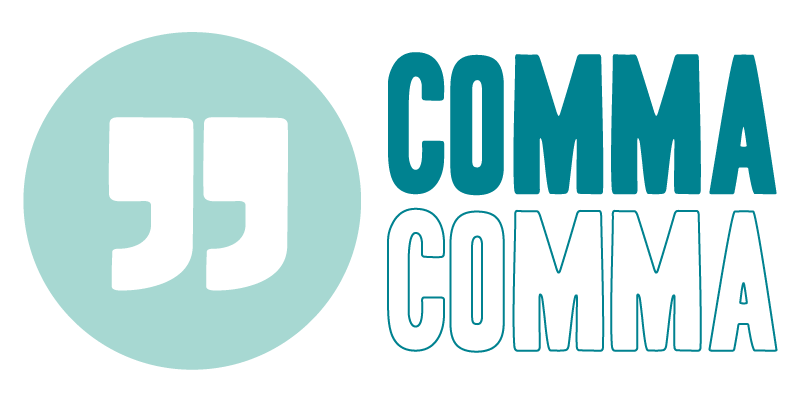Do you struggle with marketing? Are you staying in touch with your clients? Often the nature of a small business is that the person running the show has to be financial director, HR director, business strategist and chief marketing officer, alongside lots of other roles, and it’s impossible to fit it all in.
Understandably, marketing ends up taking a back seat and is done sporadically, in fits and starts, or gets delegated to an admin person who squeezes it in around other tasks. Some businesses don’t do any marketing because they get all their work via word of mouth and don’t see the need.
But marketing, done right, can transform your business. Imagine if you could bring in two or three times as many customers? And imagine if every customer spent double or triple what they currently do? Wouldn’t that help you to grow your business?
But where to start? If the time or budget you have available to devote to marketing is limited, what should you do first to have the biggest impact?
1. Your Website
One of the goals of your marketing is to encourage people to engage with you, and that includes visiting your website. There’s no point driving traffic to your website if your website doesn’t clearly demonstrate what it is that you do.
The key things you need to explain on your website are who you are and what you do for your customers. What problem do you solve for them? Storytelling is a great way to explain your product or service, so include case studies that show how you’ve helped individual clients.
Also include testimonials from satisfied customers. And don’t forget the call to action. Every page of your website needs to encourage your prospects to take action and get in touch with you.
2. Your List
Whether it’s a simple Excel spreadsheet or a full CRM system, your list of contacts is your most valuable asset. And if you don’t have a list you need to get one! Ideally your list is divided into clients and prospects, and you can segment it into different categories. This means you can tailor your marketing to specific groups.
A hair salon could segment customers by the services they’ve used, so customers who generally come in for just a cut and blow-dry could be sent information or special offers that encourage them to colour their hair, and thus spend more money with the salon.
3. Email Marketing
Sending out emails is quick and cost-effective, so it’s a great place to start. It’s also easy to measure, as even with a free service like MailChimp you can see how many emails got through, how many were opened and how many people clicked on links. You can also see who clicked, so you can follow up with those people.
Just because it’s easy, it doesn’t mean you should use a scattergun approach. It’s better to take a bit of time out and plan a specific marketing campaign. Can you send out a series of tips that will be useful to your customers and also demonstrate your expertise in your field?
The main purpose of these emails is to keep in touch, so you should mostly send out valuable information, and only occasionally talk about what you do or directly promote your products and services. Too much selling can put people off and lead to unsubscribing.
Once you’ve got your email marketing off the ground, then you can start looking at other ways to market your business. When you have limited time, just focus on one thing at a time. If you implement something every month, then by this time next year you’ll have twelve strands of marketing up and running.
Can you imagine how that would transform your business? Don’t put it off – start now!

